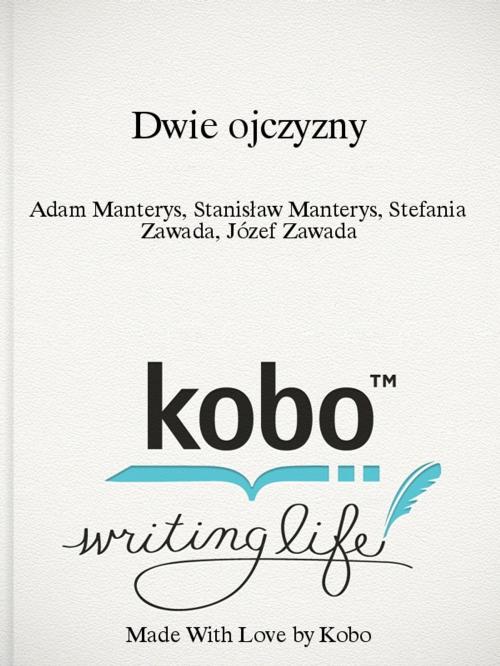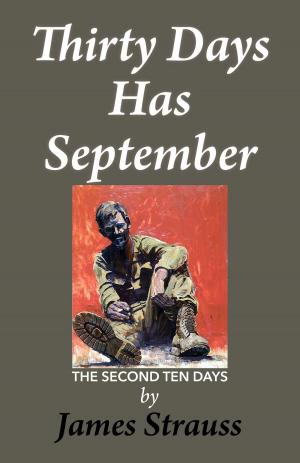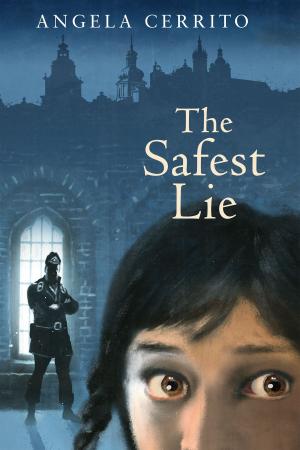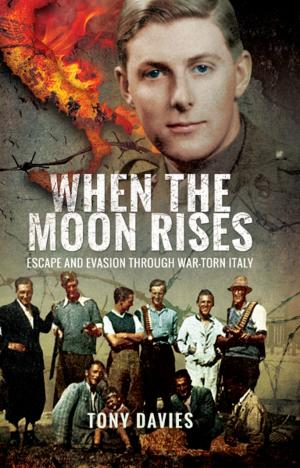Dwie ojczyzny
Polskie dzieci w Nowej Zelandii: Tułacze wspomnienia
Nonfiction, History, Australia & Oceania, Military, World War II, Biography & Memoir, Historical| Author: | Adam Manterys, Stanisław Manterys, Stefania Zawada, Józef Zawada | ISBN: | 9780473325176 |
| Publisher: | Polish Children's Reunion Committee | Publication: | May 1, 2016 |
| Imprint: | Language: | English |
| Author: | Adam Manterys, Stanisław Manterys, Stefania Zawada, Józef Zawada |
| ISBN: | 9780473325176 |
| Publisher: | Polish Children's Reunion Committee |
| Publication: | May 1, 2016 |
| Imprint: | |
| Language: | English |
Na końcu świata – Polskie sieroty w Nowej Zelandii
Na początku II wojny światowej, na rozkaz Stalina, ponad półtora miliona Polaków wypędzono ze wschodniej Polski i zesłano do obozów przymusowej pracy na Sybir i na inne obszary Związku Radzieckiego. W tych warunkach, znaczna część zesłańców zmarła lub zaginęła. 120.000 Polaków ewakuowano do Iranu, w tym około 20.000 dzieci. Z czasem dzieci roz esłano w różne części świata.
Książka opisuje losy 732 dzieci, w większości sierot, które w 1944 roku wysłano z Iranu do Nowej Zelandii. Tymczasowy przytułek, mający trwać tylko do końca wojny, po Jałcie przemienił się dla większości z nich w stały pobyt. Ich wspomnienia po 60-ciu latach mówią o niezwykłym życiu w obcym kraju na końcu świata.
---
On 1 November 1944 a total of 733 Polish children and their 105 guardians landed in Wellington Harbour in New Zealand. Together they had shared the fate of 1.7 million Poles who had been ethnically cleansed from their homes in eastern Poland by the Russian Secret Police, under Stalin’s orders at the start of World War II, and deported in cattle wagons to forced-labour camps thousands of miles away throughout Siberia and the Arctic Circle. Life was brutal – subzero temperatures, constant hunger, disease and death surrounded them.
Of those 1.7 million, 1 million died and 200,000 are still unaccounted for in Stalin’s genocide. This group of children, mostly orphans or having lost family members, were the lucky ones. Through the tides of wartime politics they fled from their bondage, found temporary refuge in Iran, and were finally offered a safe and permanent home in New Zealand.
Their story is one of remarkable survival against all odds in war and successfully integrating into a foreign country.
This is their book. These are their stories.
Na końcu świata – Polskie sieroty w Nowej Zelandii
Na początku II wojny światowej, na rozkaz Stalina, ponad półtora miliona Polaków wypędzono ze wschodniej Polski i zesłano do obozów przymusowej pracy na Sybir i na inne obszary Związku Radzieckiego. W tych warunkach, znaczna część zesłańców zmarła lub zaginęła. 120.000 Polaków ewakuowano do Iranu, w tym około 20.000 dzieci. Z czasem dzieci roz esłano w różne części świata.
Książka opisuje losy 732 dzieci, w większości sierot, które w 1944 roku wysłano z Iranu do Nowej Zelandii. Tymczasowy przytułek, mający trwać tylko do końca wojny, po Jałcie przemienił się dla większości z nich w stały pobyt. Ich wspomnienia po 60-ciu latach mówią o niezwykłym życiu w obcym kraju na końcu świata.
---
On 1 November 1944 a total of 733 Polish children and their 105 guardians landed in Wellington Harbour in New Zealand. Together they had shared the fate of 1.7 million Poles who had been ethnically cleansed from their homes in eastern Poland by the Russian Secret Police, under Stalin’s orders at the start of World War II, and deported in cattle wagons to forced-labour camps thousands of miles away throughout Siberia and the Arctic Circle. Life was brutal – subzero temperatures, constant hunger, disease and death surrounded them.
Of those 1.7 million, 1 million died and 200,000 are still unaccounted for in Stalin’s genocide. This group of children, mostly orphans or having lost family members, were the lucky ones. Through the tides of wartime politics they fled from their bondage, found temporary refuge in Iran, and were finally offered a safe and permanent home in New Zealand.
Their story is one of remarkable survival against all odds in war and successfully integrating into a foreign country.
This is their book. These are their stories.















